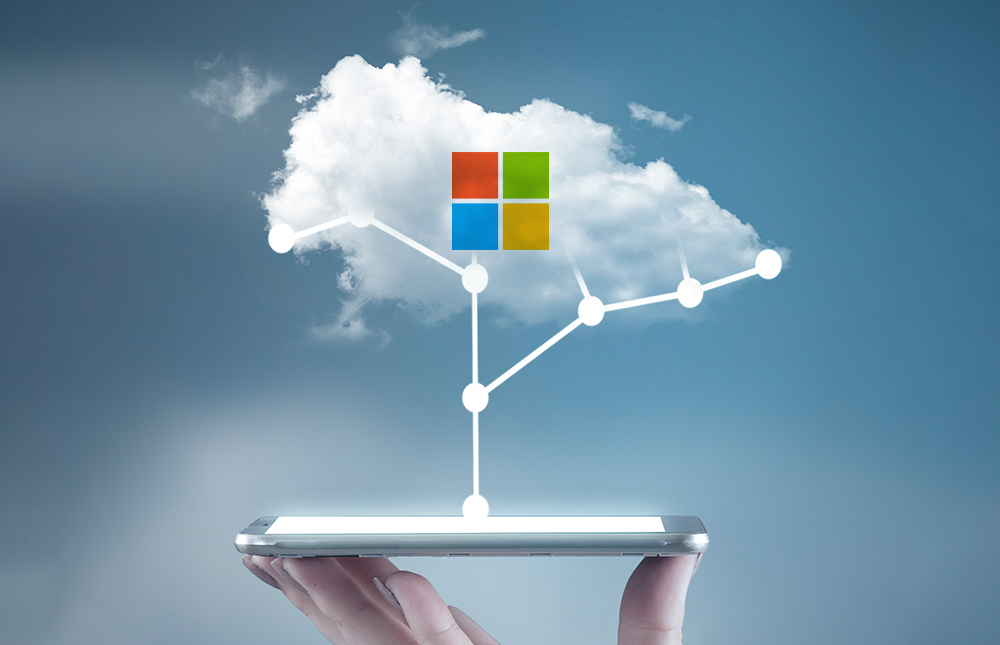This year marked a pivotal moment for Microsoft and its Cloud Solution Provider (CSP) program. As of January 1st, 2022, Microsoft no longer allows customers or partners to renew software licenses or online services through the Microsoft Open License Program, as it was previously done through perpetual licensing.
Perpetual licensing has always been the “old faithful” method of paying once to license your ERP software indefinitely. After paying for the software licenses, companies were required to manage their applications on premises, investing in the required hardware and IT staff to maintain their systems and data.
What do these changes mean for Microsoft Dynamics NAV users currently on a perpetual license plan? Microsoft is no longer selling additional seats, providing support, selling granules or code units or anything else a perpetual customer will need to maintain their systems moving forward. By cutting support and their overall investment in the perpetual version, you are left on your own with an older version of Dynamics NAV that is less secure and less reliable than ever.
Today, the future is subscription licensing and Microsoft Dynamics 365 in the cloud.
Microsoft wants its customers and partners to make the switch to the cloud—starting with enrolling in the new CSP platform. In this blog post, we are going to discuss why that is and what happened to the age of perpetual licensing. From there, we will share more about the benefits of the cloud and tips on successful cloud migration.
Is Perpetual Licensing Dead?
In the on-premise perpetual licensing model, the responsibility has always been on the shoulders of the company to manage their data, storage, security, and software upgrades. As a result, investing in on-premise ERP software required extensive up-front costs and a huge amount of resources to keep their systems and business operational—which is why ERP software was often reserved for the budgets of larger corporations.
The introduction of cloud and subscription pricing models has opened the door to growing small-to-midsized businesses without the resources or funds required to house, manage, and maintain on-premise ERP software. Companies no longer have to make a huge (and expensive) commitment to an ERP solution. Instead, SaaS subscription models offer the opportunity to rent software licenses on a monthly, quarterly, or yearly basis. These licenses provide access to a fully up-to-date business application with the latest functionality and security features.
In accordance with Microsoft, most software and technology providers are in the process or have already phased out perpetual licenses. But that doesn’t mean you can’t continue down the perpetual licensing path. There are still software vendors that offer on-premise ERP solutions for companies with the infrastructure and resources to maintain them. SAP Business One, for example, can be purchased as perpetual or subscription licenses.
So, the technical answer is no: perpetual licensing is not officially dead. However, it certainly is being “redefined,” as Forbes nicely puts it. ERP software will always run on physical servers. The difference is that you no longer have to house and maintain your own hardware—your cloud service provider does. You now lease the software and storage you need from Microsoft or Amazon, and they essentially do the heavy lifting for you.
But it’s not all hands-off. It is important to note that although CSPs handle the lion’s share of responsibilities, you still have to manage your cloud environment, security tolerance, and budget. Luckily, there are multiple cloud options for every type of business and industry out there. You can learn more about cloud ERP software in this blog post:
5 Reasons to Migrate to Cloud ERP Software
While spending on cloud infrastructure has consistently exceeded software managed on premises, there are still many companies that have yet to make the move. Although improved performance, accessibility, scalability, and savings are appealing to most, migrating your major business systems to the cloud does require effort. And a lot of people are still pushing it off “until next year.”
In the Dynamics NAV world, for example, Microsoft has been cutting support and changing the rules for years in preparation of this cloud-first, subscription pricing switch. And yet, there are many perpetual customers still holding on due to costs or resources. The reality is upgrade projects get more complicated the further behind you are in the software. With the constrained resources and tight budgets we are all dealing with at the moment, this is no longer something you can put off addressing.
There is an inherent risk to not being proactive in a situation like this. It’s not only going to cost you more in the long run, but it will also negatively impact other areas of your business.
So, if you’re a perpetual licensor still on the fence about adopting cloud ERP software, here are some of the biggest reasons why you should consider moving some (or all) of your business applications to the cloud this year:
- Support
End of life or mainstream maintenance means software publishers like Microsoft and SAP will no longer support your on-premise ERP software. When you’re out of support, there are no more new features, updates, patches, or customer service. This means that you are solely responsible for dealing with (and paying for) the problems when something goes wrong. - Security
Cloud ERP software provides an improved level of security and integration that’s not possible with on-premise solutions. Get to know your Business Central and Microsoft Azure security features, and you will discover the multilayered security features you have at your disposal by moving to cloud ERP software. From a massive network of cybersecurity experts to continuous security updates, your business systems and data are always protected. - Cost
The longer it takes to move to the cloud, the more money you are sinking into maintaining an unsupported and unsecure on-premise solution. The cloud offers more flexibility around your needs and budget than on-premise ERP. You can choose how you want your system deployed (public, private, hybrid, or hosted) and pay for the functionality you need when you need it. The other cost to consider is the price of being proactive. - Modern Functionality
The reality is that cloud solutions are the way of the future. They offer the seamless app integration, enhanced collaboration, and remote access that people need to do business effectively today. Take a look at how Dynamics 365 Business Central continues to evolve every year. In this blog post, you will read about some of the recently released features and application enhancements that all Business Central users get to experience.
- Growth
With productivity-enhancing features, instant scalability, and faster access to your data and your people, cloud ERP software gives you the speed and agility to adapt that on-premise software simply can’t.
In a way, the decision to move to the cloud has already been made for you. Subscription and consumption models have taken an enormous burden off organizations and given them the flexibility to license and pay for the functionality they need at the time.
With that in mind, you have a ton of options. At Clients First, we resell several cloud ERP software solutions, including Dynamics 365 (Business Central, Finance, and Supply Chain), Acumatica, and PrintVis. To help you make the right investment decision for your business, we have put together a cloud ERP software selection guide that will walk you through the steps required to assess your existing infrastructure, identify your needs, and start planning for the future.
Expert Tips on Moving to the Cloud Without Disruption
In a climate of growing remote workforces, data security threats, capacity shortages, and unrest in the supply chain, the cloud is the path forward. At Clients First, we want to make sure you understand the cloud migration process and are prepared every step of the way. In one of our most recent Coffee with Chris webinars, we identified the most cost-effective, least disruptive way to move to the cloud.
In this on-demand webinar, you will learn how to define your business needs before investing in the cloud, what cost and resource considerations to factor into your investment, and finally, how to map out your own personalized cloud migration plan.



